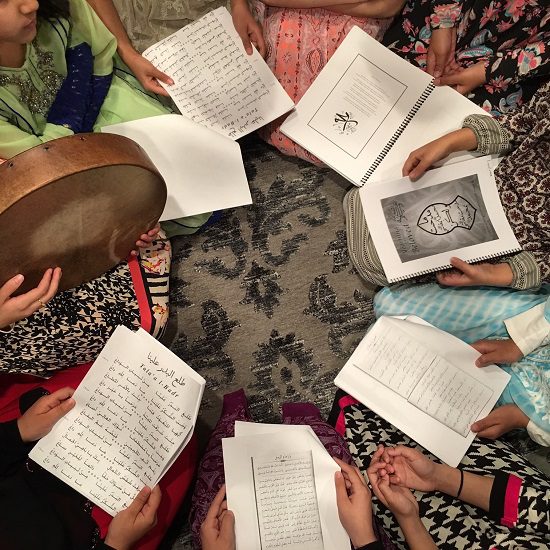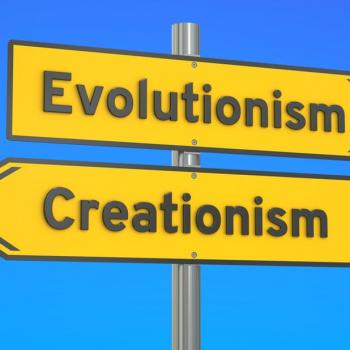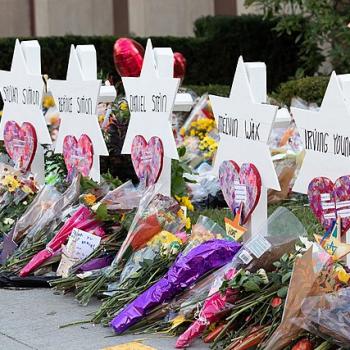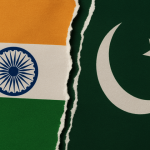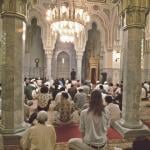 |
|
Pakistan’s Waco?
|
Historically, crisis cults emerge in societies whose ideological, structural, social and cultural mores are increasingly unable to meet the needs of their people. The uncertainty borne out of these pervasive failures are indeed what crisis cults cater to. If the Lal Masjid debacle can be considered a festering sore on the already ailing body of the Pakistani nation, the anthropological lens of “crisis cults” provides a useful framework for diagnosing the core issues that have led to the evolution of such a bewildering phenomenon. According to anthropologists, a “crisis cult” is “a group reaction to a crisis, chronic or acute, that is cultic… where the crisis is a deeply felt frustration or basic problem with which routine methods secular or sacred cannot cope” and the “cultic” is the inability to accept any feedback that disrupts the myth of the cult or the appetite of individuals to believe.
The rhetoric used by two Maulanas, the now deceased Ghazi Abdul Rashid and the arrested Abdul Aziz, provides important clues in this regard. Both brothers as well as Umme Hassan, the female principal of Jamia Hafsa, pepper nearly every speech and media interview with a reminder of how the Pakistani state is failing the poor man. Their demand is a simple one: an Islamic system for Pakistan, a country created in the name of Islam. This is a great tactic. In the simplicity of their rhetoric, the leadership of Lal Masjid has captured succinctly the burgeoning crisis that is at the root of the “deeply held frustration” that anthropologists associate with crisis cults.
Indeed, the identity crisis that feeds this “deeply held frustration” is one that was created by revisionist history and nationalistic myths that the Pakistani population has been constantly fed for the last sixty years. Whether it is historically incorrect textbooks that propagate myths about the inherently religious nature of the struggle for independence or ludicrous beliefs regarding the character of Pakistani territory as originally Muslim since the time of the Holy Prophet (pbuh), the beastly confusion and manipulation manifests itself again and again in myriad ways.
The current military administration has contributed to promoting and manipulating the current identity crisis. The Women’s Protection Bill was celebrated as a victory against religious conservatives. In reality, with appeasements such as making fornication and adultery a crime under the Pakistan Penal Code, the Bill did nothing to assuage the central question that plagues Pakistani nation identity: what exactly is the relationship between Islam and Pakistan and between the state and the citizen? Is Pakistan a secular or a sacred state?
This question has been answered with sly simplicity by the leaders of the Lal Masjid campaign. For them, things are quite simple: Pakistan was created in the name of Islam and so all else must be abandoned and an Islamic system reinstated. In coupling the practice of their simplistic formula with the highly dramatized theatrics of vigilante justice and insuring themselves media attention by employing the seductive morality of cracking down on sexual licentiousness, the two Maulanas assisted by the formidable Umme Hassan, have tapped into the” deeply held frustration” increasingly ignored by both the military and the secular democratic forces in the country.
The chronological significance of the emergence of the Lal Masjid campaign is also worth drawing attention to. The military, once dutifully revered and feared by most Pakistani citizens, has muddied its uniform by its unglamorous foray into the always-messy realm of politics. Forced to play power games that involve popularity rather than security, the past few months have seen President Pervez Musharraf and the military administration increasingly preoccupied with manoeuvres designed not to defend territorial boundaries but rather to co-opt political enemies. The need and pressure of co-option has become so intense with the suspension of the Chief Justice of Pakistan and consequent constitutional crisis that the Army’s reputation as an arbiter of stability has become increasingly questionable.
Similarly, the promise of “real” democracy also bears little hope for the ordinary Pakistani. The supposedly national political parties, recently so incensed over the suspension of the Chief Justice and so ardently committed to his reinstatement, promise little better in terms of resolving either the incipient identity crisis or providing any meaningful expectation of structural change. At best they retain conveniently “democratic” facades for oligarchic landowners, clan leaders and urban industrialists who use established relationships of patronage to pledge support to a national leader. The same faces and figures are recycled before a wearied nation left hapless after ruined experiments with both authoritarian and democratic governments.
Enter the Lal Mosque, a new voice markedly different from that of the usual suspects and promising a utopic society where moral order prevails and justice is accessible. Their emergence and perseverance on the national scene signifies both the presence of a gaping political chasm and the inability of old power figures to respond to the frustrations of an increasingly poor, disillusioned and young Pakistani public. If the opportunistic chronology and festering identity issues are combined, the case is compelling and typifies exactly the “deeply felt frustration and basic problem with routine methods” invoked by the definition of crisis cults at the beginning of our discussion.
If the existence of a “crisis” is thus taken for granted, then we must move on to whether the Lal Masjid’s modus operandi can truly be described as “cultic”. Both the iconography and the simplistic rhetoric employed by the Maulana brothers at the helm of the movement suggest a cultic character pivoted on the charisma of the leadership and the isolation of members from the larger society.
Videotapes of Jamia Hafsa show women dressed in their now iconic niqabi burqas, increasingly rapturous in their pleas to the Divine and committed to their isolation in the name of reinstating an Islamic order. Their vigilante behaviour is also typical of cultic groups which often require daring feats of members as a means of proving their commitment to the cause. The raids on video shops, the kidnappings of alleged prostitutes, the forcible occupation of property and now holding students hostage, all suggest a mentality that perceives the members of the group as “good” and the larger society as irreparably errant and misguided. Finally, the unfailing belief among students of Jamia Hafsa that their “sacrifices” would actually result in the establishment of an Islamic system as well as their obstinate allegiance to death for their cause, both demonstrate a distortion of reality that is typical of cults.
If Lal Masjid can indeed be described as a crisis cult, the following questions are raised: What juncture have we as a nation reached when suicide cults inhabit our capital and defiantly claim jurisdiction over Government property? What depths of despair have the destitute women and orphan children been reduced to when entering an extremist movement represents a respite from the harshness of day to day existence? What level of ignorance has our understanding of Islam fallen to such that the most marginal and extremist allusion to faith immediately garners thousands of followers?
As Pakistanis sift through the psychological, social and political debris left by the Lal Masjid crisis they must ponder these questions carefully. Crisis cults emerge in societies whose ideological, structural, social and cultural mores are increasingly unable to meet the needs of their people. True, their solutions are vacuous, misguided and cruel in the exploitation of those who chose to fall for them but the danger lies not simply in the solution that they offer but rather the deep festering crises that they represent.
Six decades have passed since the creation of Pakistan. There have been many experiments both with democracy and with authoritarianism � indeed as a nation, Pakistan has become used to both crisis and uncertainty. Yet if the Lal Masjid debacle and the innocent lives that it has claimed is to mean anything at all, it is time to grapple with questions that have been ignored for nearly sixty years. The most basic among these questions is this: who is Pakistan as a nation and why indeed was it created?
Rafia Zakaria is associate editor of altmuslim.com and an attorney and member of the Asian American Network Against Abuse of Women. She teaches courses on constitutional law and political philosophy. This article previously appeared in Daily Times (Pakistan).


